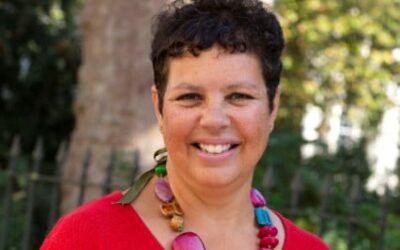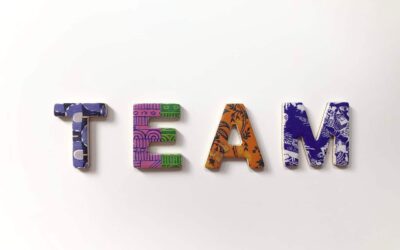04/07/25: From Kerrie Jones.
In a world increasingly focused on wellness, food, and body image, conversations around eating habits have become more common, but not always clearer. Terms like “eating disorders” and “disordered eating” are often used interchangeably, but they describe distinctly different experiences. Understanding the nuances between the two is vital for awareness, early intervention, and compassionate support.
What are eating disorders?
Eating disorders are clinically recognised mental health conditions characterised by persistent disturbances in eating behaviour and related thoughts and emotions. They are serious and can be life-threatening if untreated.
The most well-known eating disorders include:
- Anorexia nervosa: Characterized by extreme restriction of food intake, intense fear of gaining weight, and a distorted body image.
- Bulimia nervosa: Marked by cycles of binge eating followed by compensatory behaviors such as vomiting, fasting, or excessive exercise.
- Binge eating disorder (BED): Involves recurrent episodes of consuming large amounts of food, often rapidly and to the point of discomfort, accompanied by a sense of loss of control.
- Other Specified Feeding or Eating Disorder (OSFED): Covers disordered eating behaviours that cause significant distress but don’t meet the full criteria of the above diagnoses.
Diagnosis of an eating disorder is typically based on criteria outlined in the Diagnostic and Statistical Manual of Mental Disorders (DSM-5) and involves assessment by trained medical or mental health professionals.
What is disordered eating?
Disordered eating refers to a wide range of irregular eating behaviours that may not meet the criteria for a diagnosed eating disorder. It includes patterns that can be harmful (physically, emotionally, or socially) but may be overlooked because they are less severe, and important are increasingly socially normalised.
Examples of disordered eating behaviours include:
- Chronic dieting or yo-yo dieting
- Obsessive calorie counting or food tracking
- Skipping meals regularly
- Eating in response to emotions rather than hunger
- Extreme rigidity or anxiety around food rules
- Exercising excessively to “earn” or “burn off” food
Disordered eating can be short-term or chronic, and while not always clinically classified as an eating disorder, it still carries risks and can escalate into a diagnosable condition over time
Where they overlap
Despite their differences, eating disorders and disordered eating exist on a spectrum. Disordered eating can sometimes be a precursor to a full-blown eating disorder, especially when left unaddressed. Both involve:
- Distress around food and body image
- Disrupted eating patterns
- Negative impacts on self-esteem, physical health, and social life
In both cases, behaviours are often driven by an attempt to gain control, cope with emotions, or meet unrealistic societal standards of beauty and thinness. The mental and emotional toll can be profound—even when the outward behaviours don’t appear extreme.
Why the distinction matters
Recognising the difference between disordered eating and eating disorders allows for earlier intervention and destigmatisation. While eating disorders are serious mental health conditions requiring professional treatment, disordered eating should not be dismissed as “normal” or “not serious enough.” It’s often a warning sign that deeper issues need attention and exploring those issues, whilst challenging, can be life changing. The process of getting supportive therapy and help can release people from the hold of these difficult and painful beliefs and feelings.
Healthcare providers, educators, families, and individuals themselves benefit from knowing these distinctions. By addressing disordered eating early, it’s possible to prevent more severe health consequences and support a more balanced relationship with food and body.
Eating disorders and disordered eating are not the same, but they are deeply connected. Understanding both the distinctions and overlaps can empower individuals to seek help, challenge toxic cultural norms, and build a healthier relationship with food and their body.
Whether someone is struggling with a clinical eating disorder or navigating patterns of disordered eating, compassion and appropriate support are key to healing.
We’re here to help
If you or someone you care about is struggling, get in touch with Orri’s team. We’re here to listen, advise, and offer a safe space for recovery.










